Build Your Own PC February 2010: Video Card And Storage
This is the third and final part of the February edition of build your own PC. We have looked at the PSU, case and CPU cooler as well as the CPU, RAM and motherboard in the two previous parts.
This time we are deciding on a video card and the storage devices that we want to use in the computer.
Both components vary highly depending on the needs of the user building the PC. A gamer naturally wants a fast video card to play games, someone who collects photos or videos needs lots of storage and Office worker a quiet video card.
Build your own PC: Storage
Storage devices are hard drives and optical drives. Hard drives can be divided into the two categories Solid State Drives (SSD) and conventional hard drives.
There are basically two options for selecting hard drives:
- Pick only conventional hard drives
- Combine conventional and solid state drives
Conventional hard drives have the advantage that they provide more storage for a cheaper price than Solid State Drives. Solid State Drives on the other hand are more expensive, offer way less storage but are way faster than conventional drives. This is beneficial during system boot, playing games or loading applications.
The budget plays a big role in deciding the storage components. A good reliable Solid State Drive sells for about $250 for 64 Gigabytes of storage. Good conventional hard drives provide more than ten times the storage for that price.
PC users with a budget of about $400 for hard drives can consider combining Solid State Drives and conventional hard drives. The SSD would be used for the operating system and important applications (or games) whereas the standard hard drive would be used for storage.
Users with a lower budget should concentrate on buying a good fast hard drive instead that will be used for all files and the operating system.
When buying a Solid State Drive buyers need to make sure that it supports TRIM and garbage collection either out of the box or with a firmware update. TRIM and garbage collection ensure that the performance of the drive does not drop over time. This was a huge problem with first generation SSDs.
Hard drives come with speeds of 5400 and 7200 mostly. The former are more quiete while the latter are faster. A user who only works with light applications could consider buying a 5400 rpm drive whereas gamers or users with high end applications should buy a 7200 rpm drive.
The best combination at this point in time is to use a SSD as the boot drive, and a 5400 rpm hard drive for storage.
Our Picks
- SSD: Intel X25-M Mainstream SSDSA2M080G2R5 80 GB ($300)
- Hard Drive: Samsung EcoGreen F3 2000GB SATA II 32MB ($200)
The Intel X25-M is one of the fastest SSD when it comes to read speeds. The write speeds are usually lower in benchmarks but better in real life situations. It also offers 80 Gigabytes instead of 64 Gigabytes that most SSDs offer in that price range. It supports both TRIM and garbage collection.
The Samsung EcoGreen F3 is a drive with a speed of 5400. It has slower access and read speeds but offers 2 Terabytes of storage space. It is used to store everything but the most important applications, games and the operating system.
Build your own PC: Video Card
Selecting the right video cards usually depend on the level of gaming activity on the PC. We currently would suggest to buy an Ati Radeon 5000er video card as it is the only video card series currently supporting DirectX 11.
Gamers need to look at the Radeon 5850 or 5870 video cards for optimal performance. The selection here again depends on the budget. The Radeon 5870 retails for about $400, the 5850 for about $300. The 5870 is the faster card of the two and manages to beat the 5750 by 10fps+ in all benchmarks. Both cards can be used to play all modern games just fine.
Casual gamers might want to take a look at the ATI Radeon 5770 video card instead which retails for about $180.
Our Picks:
- High End Gaming: Sapphire Radeon HD 5870 Vapor-X ($440)
- Mid Level Gaming: ASUS EAH5850/2DIS/1GD5 Radeon HD 5850 ($300)
- Casual / No Gaming: POWERCOLOR PCS+ AX5770 ($170)
Our PC System:
Case: Lian Li PC-8NB ($100)
PSU: Enermax Modu 87+ 700W ($200)
CPU: Intel Core i7-860 ($300)
CPU Cooler: Prolimatech Megahalems Rev.B CPU Cooler ($60), 120mm fan, for example be quiet Silent Wings USC (BL013) ($20)
Motherboard: GIGABYTE GA-P55-USB3 ($120)
RAM: CORSAIR XMS3 8GB (4 x 2GB) 240-Pin DDR3 ($270)
Hard Drive 1: SSD: Intel X25-M Mainstream SSDSA2M080G2R5 80 GB ($300)
Hard Drive 2: Samsung EcoGreen F3 2000GB SATA II 32MB ($200)
Video Card: High End Gaming: Sapphire Radeon HD 5870 Vapor-X ($440)
Some components have not been discussed yet. This includes optical drives, keyboard, computer mouse, monitor, printer, sound adapter, network cards and other peripherals.






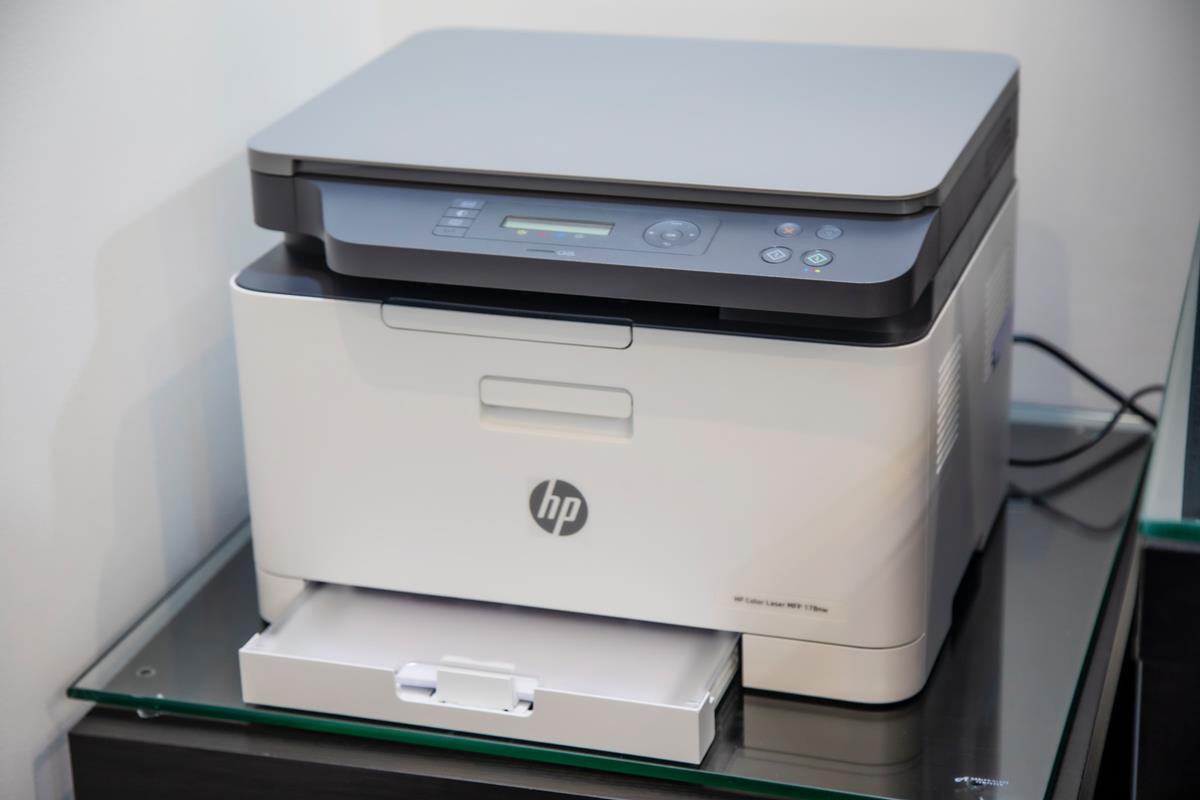
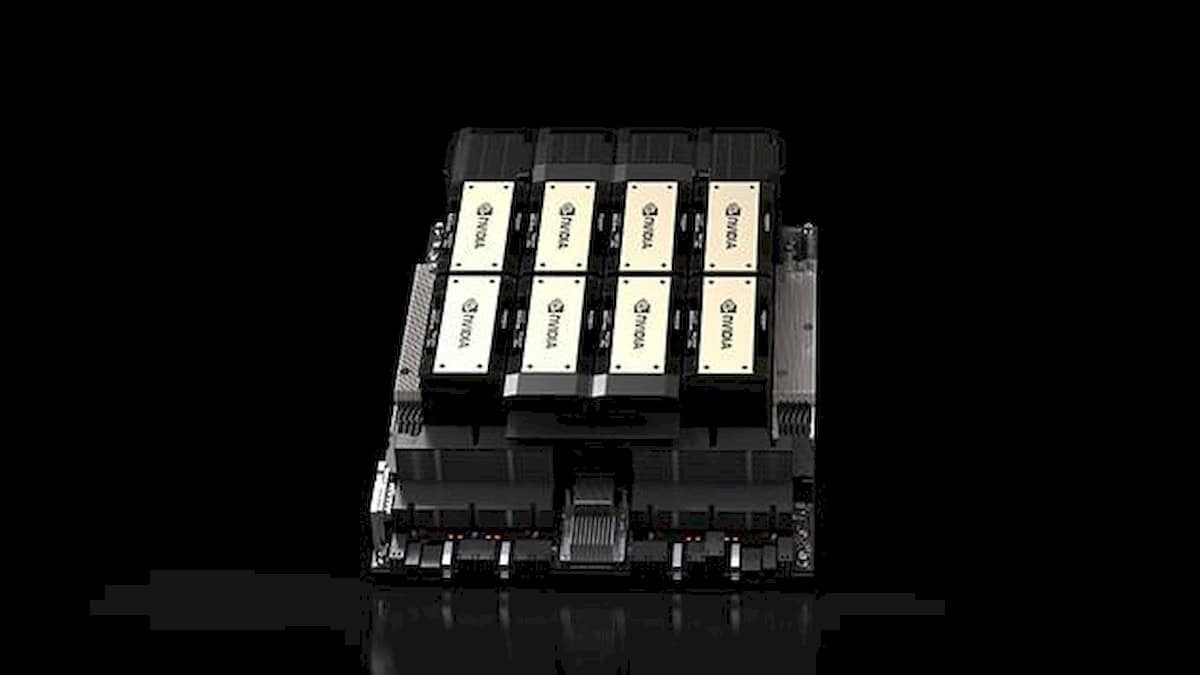
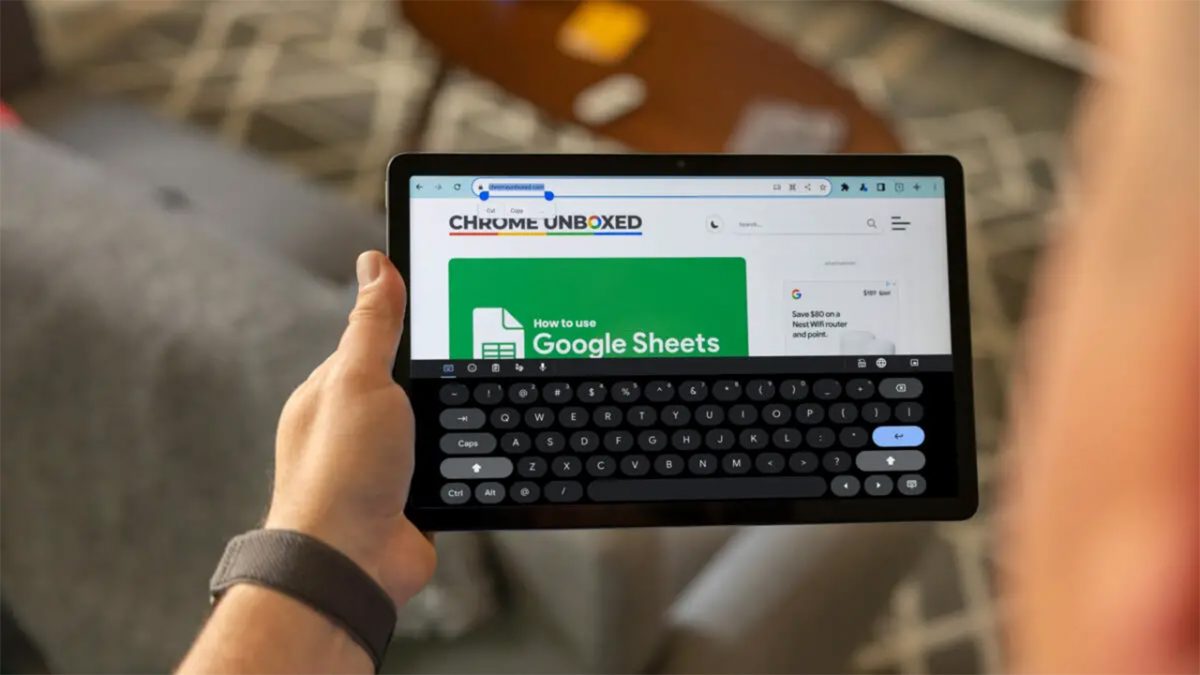
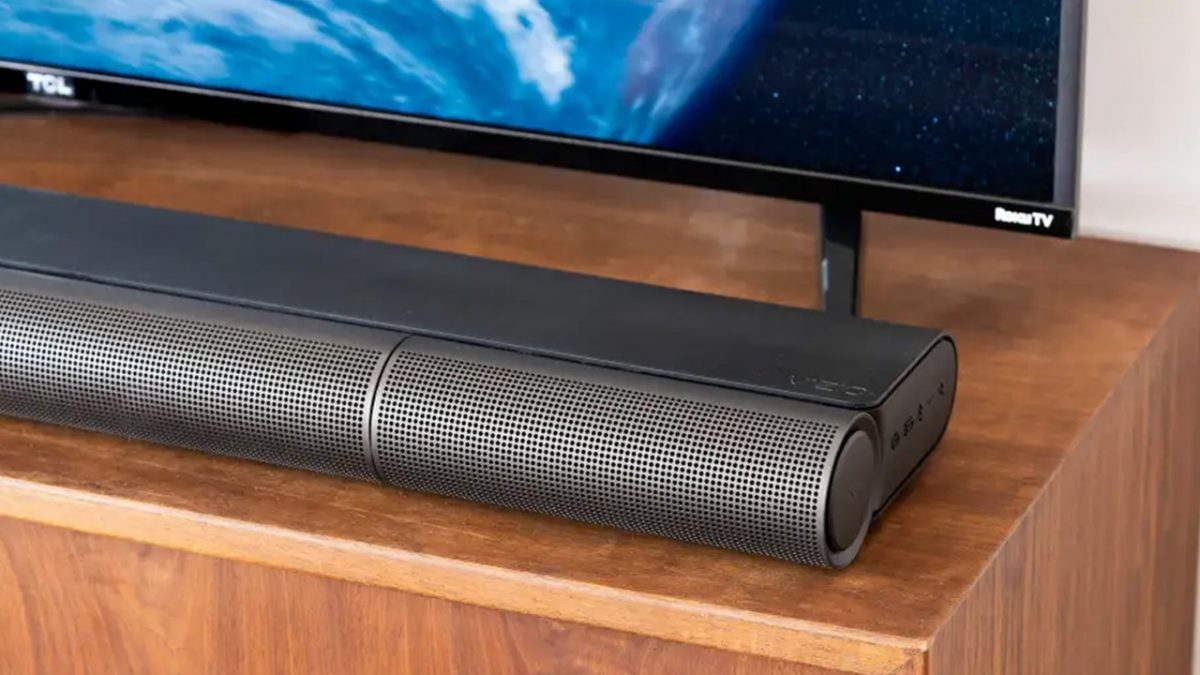
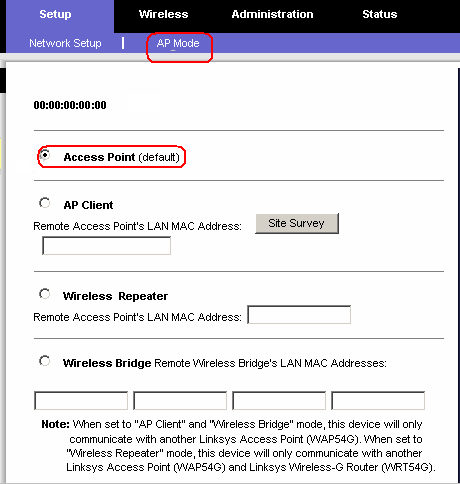
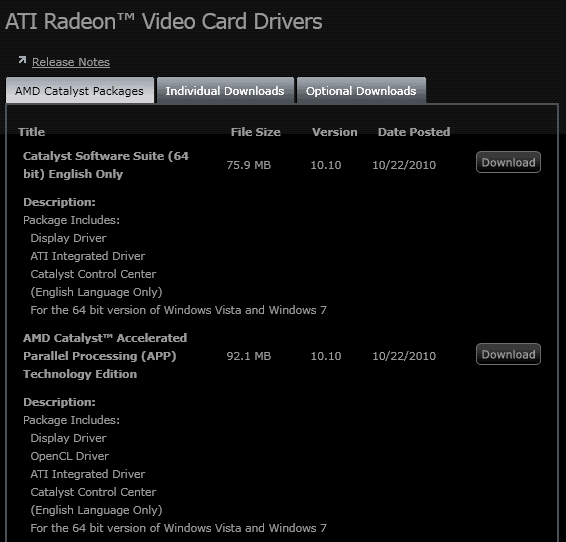











Might wanna read how broken 2D is on the AMD/ATI cards before you commit.
http://www.tomshardware.co.uk/2d-windows-gdi,review-31810.html
On topic of storage – there is also interesting option of using 2.5″ notebook drive. Especially in combo with SSD. I currently use such drive for media and it is much quieter and runs 20C degrees cooler than previous 3.5″ drive did.
@Jonathan
There is not much sense to choose between manufacturers anymore. It is best to choose card with best price/performance ratio for your budget.
The ATI cards currently use less power and provide better or equal fps for gamers when compared to NVIDIA cards. This might change once NVIDIA releases their new FERMI cards but those are not expected to hit the stores before May. Rarst, some users might even consider only using an SSD which will reduce the noise level of the PC. It really depends on the storage requirements. I need a lot and have decided to use a 5400 which is quieter, cooler but also slower than 7200 rpm drives. 2.5 drives can however be an interesting alternative for some users ;)
@jonathan..It will be an option for you to go to NVIDIA or ATI but the video card listed above is bang for the buck cards for now until NVIDIA release their next gen cards
Why do you recommend ATI video cards? Nvidia video cards are much better for gaming, also why care about DX11 when nothing is written for it yet?
I am not sure I understand why one would spend more than $50 for a video card, if it would not be for gaming…
Even the cheapest ones nowadays are more than ok for anything including playing HD videos , excluding of course gaming.